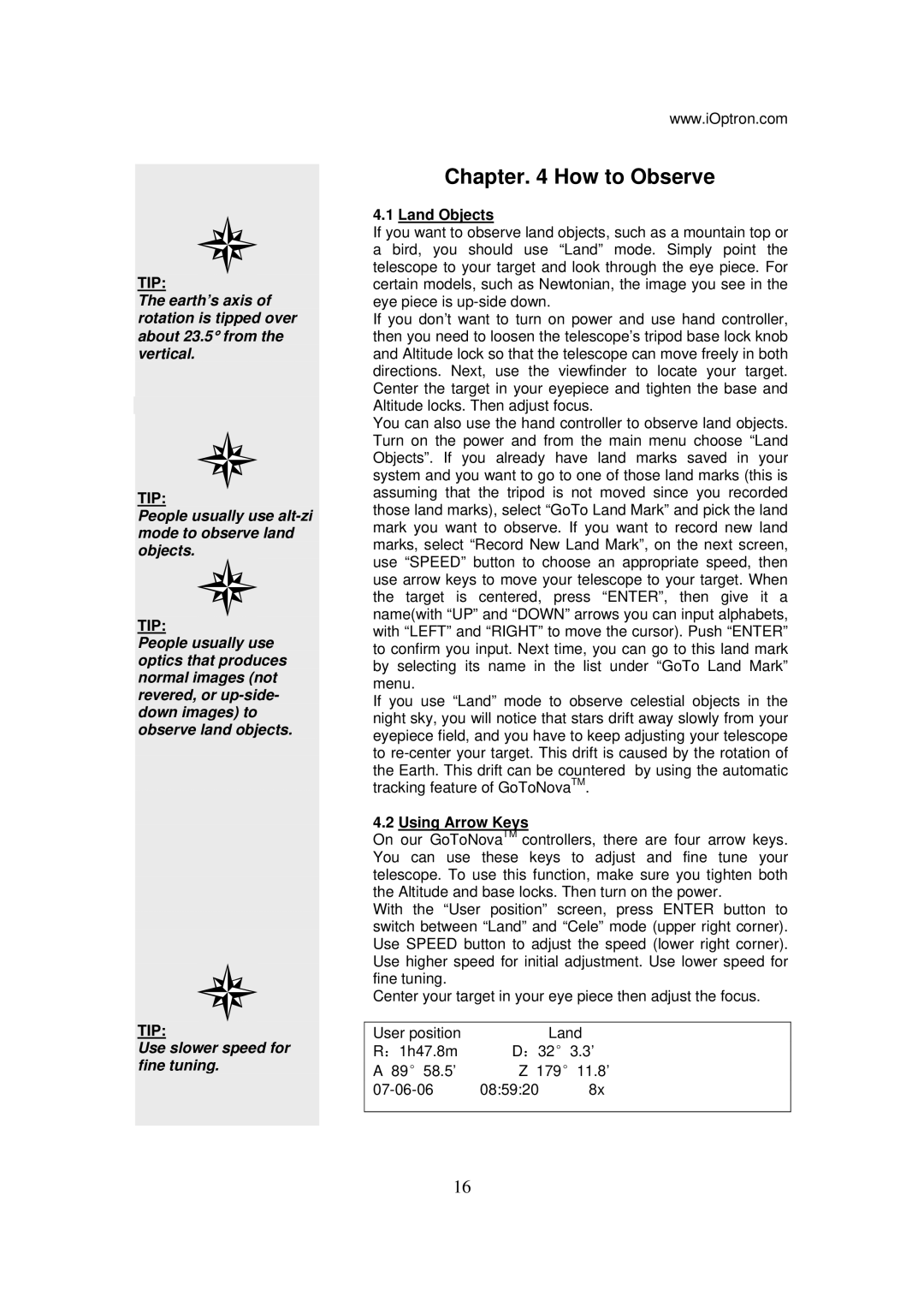G SERIES specifications
The Yamaha G Series is a revered line of acoustic guitars that has earned a reputation for its exceptional quality, playability, and versatility. Since its introduction in the late 1960s, the G Series has been a favorite among musicians of all skill levels, from beginners to seasoned professionals. One of the defining characteristics of the G Series is its solid construction. Many models feature a solid spruce top, which offers not only vibrant sound and impressive projection but also enhances tonal clarity over time. The back and sides are typically crafted from mahogany or nato, providing warmth and richness to the overall sound.Another key aspect of the G Series is its playability. The neck profile is designed for comfort, allowing guitarists to navigate the fretboard with ease. With a smooth finish and well-shaped fingerboard, players experience a natural feel while strumming or fingerpicking. The action is often adjustable, accommodating those who prefer differing string heights, thus enhancing the playing experience across various styles.
Yamaha has also incorporated innovative technologies into the G Series. One notable feature is the company’s focus on precision in manufacturing, utilizing advanced CNC machinery for consistent quality across models. Additionally, some G Series guitars come equipped with the A.R.E. (Acoustic Resonance Enhancement) technology, which enriches the wood tone and enables the instrument to sound more mature from the very first strum. This technology replicates the aging process of acoustic wood, ensuring that the guitar offers a beautifully matured sound without the wait.
The G Series offers a variety of models, catering to diverse preferences. From the compact and comfortable G-serie guitars, perfect for fingerstyle playing, to the full-sized options that project louder for ensemble performances, musicians can find the right fit to suit their needs. Many models are also available with built-in electronics, allowing for easy amplification and performance in live settings.
In summary, the Yamaha G Series combines solid construction, exceptional playability, and innovative technology, making it a compelling choice for guitarists seeking quality instruments. Whether strumming at home, recording in the studio, or performing on stage, the G Series remains a trusted companion for musicians around the world. This blend of tradition and innovation exemplifies Yamaha's commitment to crafting guitars that resonate with players of all genres and skill levels.

